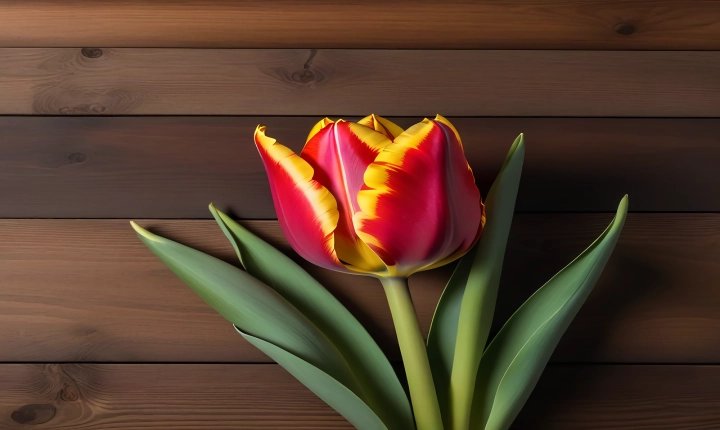How To Use Raw Photos As Textures In Adobe Illustrator
Adobe Illustrator is a powerful tool for creating digital artwork, illustrations, and designs. One way to enhance your designs is by using raw photos as textures in Illustrator. By incorporating textures from real-life photographs, you can add depth, dimension, and realism to your digital artwork. In this article, we will explore how to use raw photos as textures in Adobe Illustrator to elevate your designs to the next level.
1. Choose Your Raw Photos: Before you can use raw photos as textures in Illustrator, you need to select the right images. Look for high-quality photographs with interesting textures, such as wood grain, fabric, or concrete. Make sure the photos have good lighting and are in focus, as this will ensure a high-quality texture in your designs.
2. Convert the Photo to Grayscale: To use a raw photo as a texture in Illustrator, you need to convert it to grayscale. This will remove the color information and allow you to use the texture as a monochromatic element in your designs. To convert the photo to grayscale, open it in Adobe Photoshop or any other photo editing software and desaturate the image.
3. Adjust the Contrast and Levels: After converting the photo to grayscale, you may need to adjust the contrast and levels to enhance the texture. Use the “Levels” and “Curves” adjustments in Photoshop to modify the tonal range of the photo and make the texture more pronounced. This step will help you create a more impactful and usable texture for your designs.
4. Save the Photo as a High-Resolution Image: Once you are satisfied with the grayscale texture, save the photo as a high-resolution image. This is important to maintain the quality of the texture when importing it into Adobe Illustrator. Save the photo in a file format such as PNG or TIFF to preserve the transparency of the texture.
5. Import the Texture into Illustrator: In Adobe Illustrator, create a new document or open an existing one where you want to apply the texture. Use the “File” > “Place” command to import the high-resolution texture image into your Illustrator document. Position the texture on the artboard and adjust its size and placement as needed.
6. Apply the Texture to Your Designs: Once the texture is imported into Illustrator, you can use it to enhance your designs. Apply the texture to shapes, text, illustrations, or backgrounds to add depth and visual interest. Use blending modes, opacity settings, and masking techniques to integrate the texture seamlessly into your artwork.
7. Experiment with Blending Modes and Opacity: Illustrator offers a range of blending modes and opacity settings that allow you to blend the texture with other elements in your designs. Experiment with different blending modes, such as “Multiply,” “Overlay,” or “Soft Light,” to achieve different effects. Adjust the opacity of the texture to control its intensity and transparency within your artwork.
8. Create Custom Textures: In addition to using raw photos as textures, you can also create custom textures directly in Illustrator. Use the “Effects” menu to apply artistic and texture effects to shapes and objects. Experiment with the “Texturizer” and “Roughen” effects to add a handcrafted, organic feel to your designs.
By following these steps, you can effectively use raw photos as textures in Adobe Illustrator to enhance your digital artwork and designs. Incorporating real-life textures into your designs can elevate the visual appeal and authenticity of your work. Experiment with different textures, blending modes, and effects to create unique and compelling designs that stand out.
In conclusion, leveraging raw photos as textures in Illustrator is a creative and effective way to bring a sense of realism and tactile quality to your digital artwork. With the right photos and the proper techniques, you can seamlessly integrate textures into your designs, giving them depth and character. So, go ahead and explore the world of raw photos as textures in Illustrator to take your designs to the next level.
